An Open Letter to Our Community
The Future of Food Systems Change in Montana and AERO’s Role
By Robin Kelson, Interim Executive Director
Recently, I gave a talk on what I call “resiliency intelligence”, and I got caught by the word ‘adaptability” on my own slide. Like those pictures that show two different images depending on how you look at them, I saw the word as “adapt · ability” for the first time, and it caught me up for a second. What IS my ability to adapt? Am I adapt-able?
In the world of AERO this has been a whirlwind spring and summer. Since covid hit, it has been a continuous practice of adaptation and change here; carefully crafted plans set aside as no longer relevant to the moment. In many ways, pivoting in crisis is our sweet spot. Helping our neighbors, finding solutions, taking action by reaching out to the network and making connections is definitely something we do well.
And if ever there was a moment for food systems change work to take center stage, that moment is now.
And if ever there was a moment for food systems change work to take center stage, that moment is now. AERO’s been working on sustainable community food systems since Day One with the first conversations on building solar and wind systems and figuring out how to farm chemical-free. We’ve got history, knowledge, connections and experience.
This is what we do; we’re all in.
At the same time, over its life, AERO has had its own struggle with sustainability as an organization, and now is no different. We’re a crazy small staff doing a bundle of work while we stabilize our non grant-based funding. AERO’s been here before and history suggests we can find a way through again. But it burns through personnel and every one of us knows it’s not sustainable. Significantly, it doesn’t embody the sustainability principles we endeavor to create in our communities.
It’s not a question of personnel; talented individuals on staff and the board of directors have dedicated their considerable energies and skills to the organization and its mission for years.
It’s not a question of vision. We’re clear. And, we think, so is our communication. Check out our website’s “About Us” and see if you agree.
So what’s the struggle with our organization’s sustainability?
When I talk about sustainable systems, I tend to focus on two points. Every system has inputs and outputs. The more local and renewable the inputs, the more sustainable the system.
What are AERO’s inputs? Operating funds, certainly. Human power is another one.
Historically the organization model has been a small staff whose activity, impact and reach is informed and amplified by a committed, regularly engaged membership, often participating through “task force” groups. The structure reminds me of the way bees and ants work – constantly bringing information to the home hive and informing future activity. Today, that human power dynamic is different at AERO, which is data. Interpreting that data well is the opportunity.
As Lindsay reminds me, no system operates in a vacuum. Everything is part of something else. So, in addition to inputs, context and setting matter. Understanding the setting in which we operate as an organization, and the influencers on our organization, informs us. Wes Jackson calls it “consulting the genius of the place”.
Here’s one interpretation of the data. AERO has been a mission-driven organization for 47 years, and had an extraordinary impact on Montana’s sustainability movement during that time. One result of the impact is a network of organizations and businesses across the state today, collaborating to co-create a more sustainable Montana. That human power input now is energizing a network.
“What if AERO were to make this shift from a mission-centric to a community-centric focus? What if making this shift is what can make AERO’s legacy sustainable and have a bigger impact on the change we want to make today and in the future? Who are the individuals, communities and organizations that need to be included?”
The network collaboration is accelerating in the wake of covid. A collective of organizations has been on regular food access calls since spring, sharing information and resources, exploring new ways to amplify our impact. There’s a conversation getting started on a next generation coordinated, statewide collaboration so organizations can pool resources for greater community impact while also increasing our collective consumer voice in Montana.
We want to affect systems change in 2020 to change the narrative from the dominant story of cheap, commodity-based food to resilient, sustainable community systems that employ renewable energy and sustainable ag practices and keep our economies local. What is the highest and best use of AERO’s legacy of experience, knowledge, connections and history moving forward in today’s landscape? Is the highest and best use to remain a separate, program and membered driven organization? Or is it something else?
Vu Le, a nonprofit and community engagement thought leader who spoke at the 2020 Montana Nonprofit Association annual conference, urges organizations to shift from a mission-centric focus to a community-centric one as the most productive way to affect systems change. Community-centric means shifting from prioritizing what best serves the individual organization first, to include what best serves the community as a whole. Community means everyone – those who fund the work, those who do the work, and those who benefit, directly or indirectly, from the work. It means observing the current community need, and being fluid and responsive to that. Beyond letting your context, setting and influencers inform you, community-centric means letting them guide your actions for the health of the community.
What if AERO were to make this shift from a mission-centric to a community-centric focus? What if making this shift is what can make AERO’s legacy sustainable and have a bigger impact on the change we want to make today and in the future? Who are the individuals, communities and organizations that need to be included?
Committing to a community-centric focus does mean being open to form. It might look like joining forces with one or more other organizations. It might look like shifting our funding sources. It might mean distributing our knowledge and resources and letting something new come forward. Likely, it does not mean continuing as we have been.
The question is, is AERO adapt-able?
We’re going to explore these questions with you in a session at our 2020 Expo and annual meeting, coming to you virtually, via Zoom, in early December. You can learn more about the 2020 Expo here. Briefly, we’re partnering with MOA on the conference platform so you’ll be able to participate in both conferences if you want, with sessions scheduled to avoid overlap and overwhelm. There’s no cost to attend.
Check your email in the coming week for the schedule and a survey to get your thoughts on Expo particulars. Thanks in advance for filling it out. It will make a difference.
And we are serious about this AERO adapt-able question. We want to get this right.
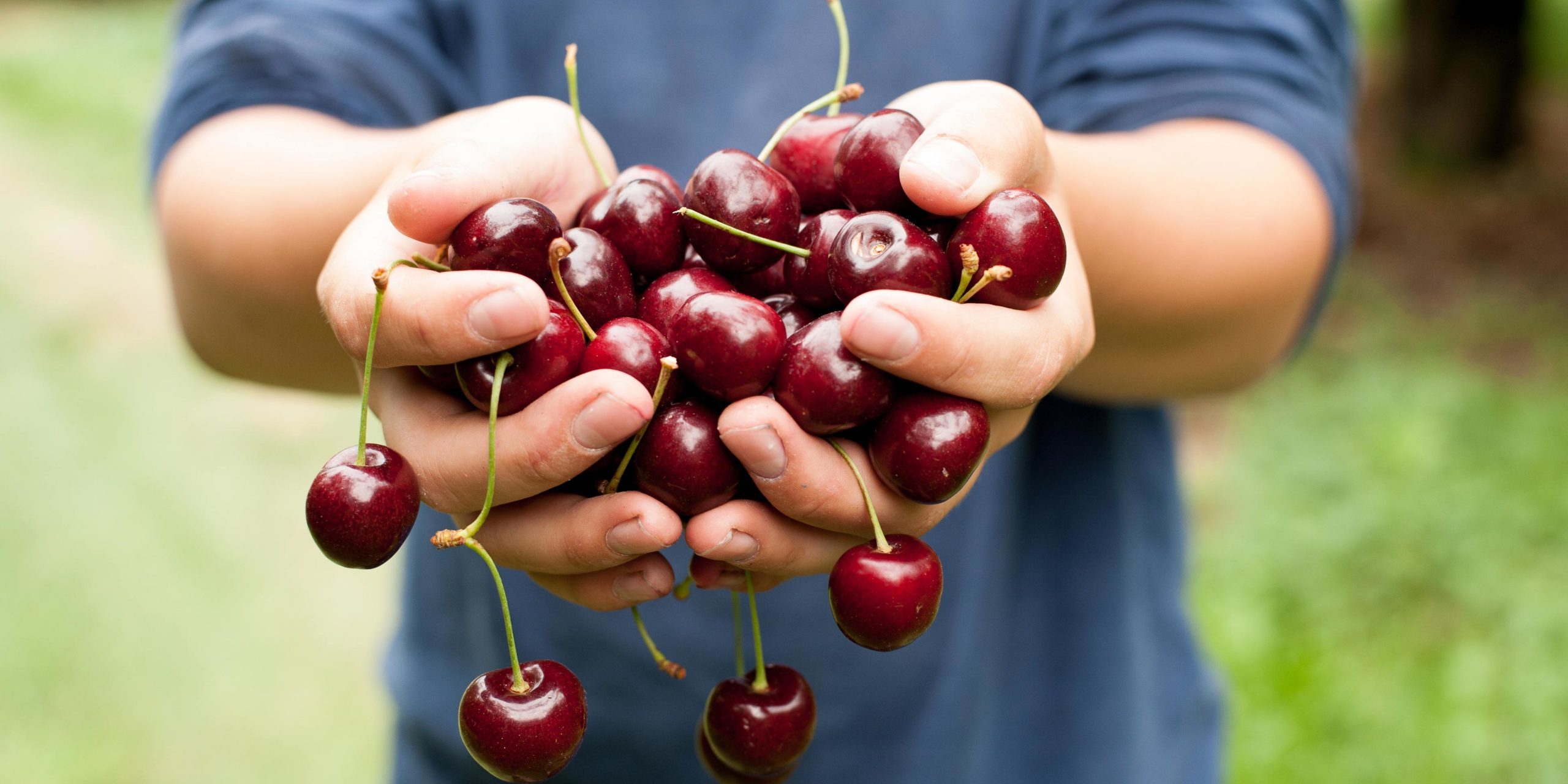 About Us
About Us
 Vision & Values
Vision & Values
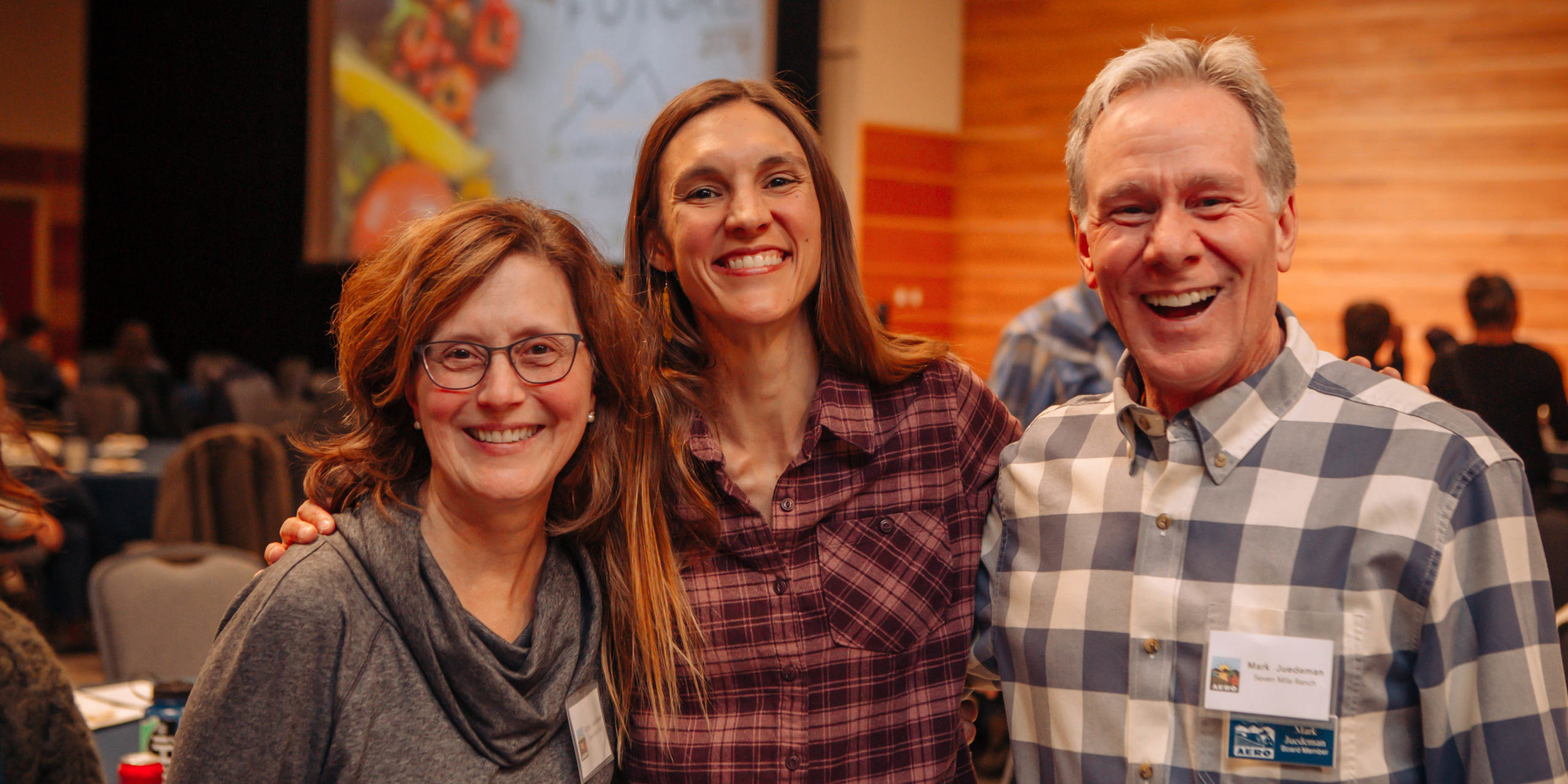 Friends of AERO
Friends of AERO
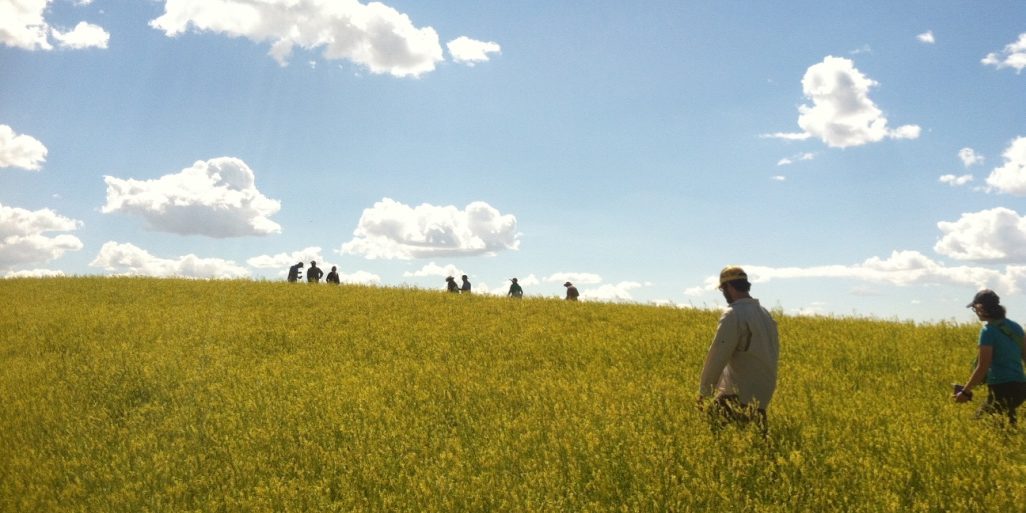 Our Team
Our Team
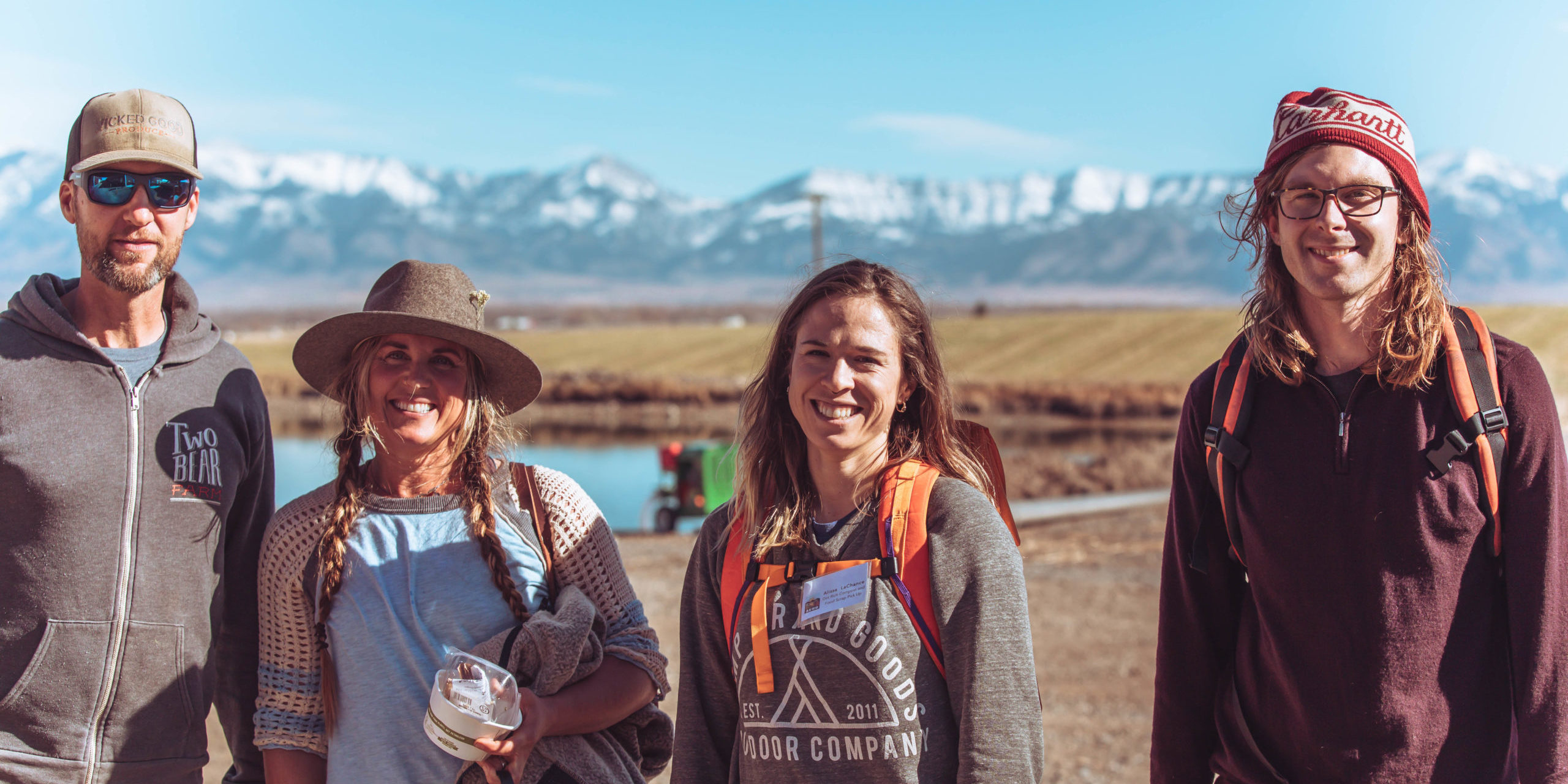 Jobs & Board Opportunities
Jobs & Board Opportunities
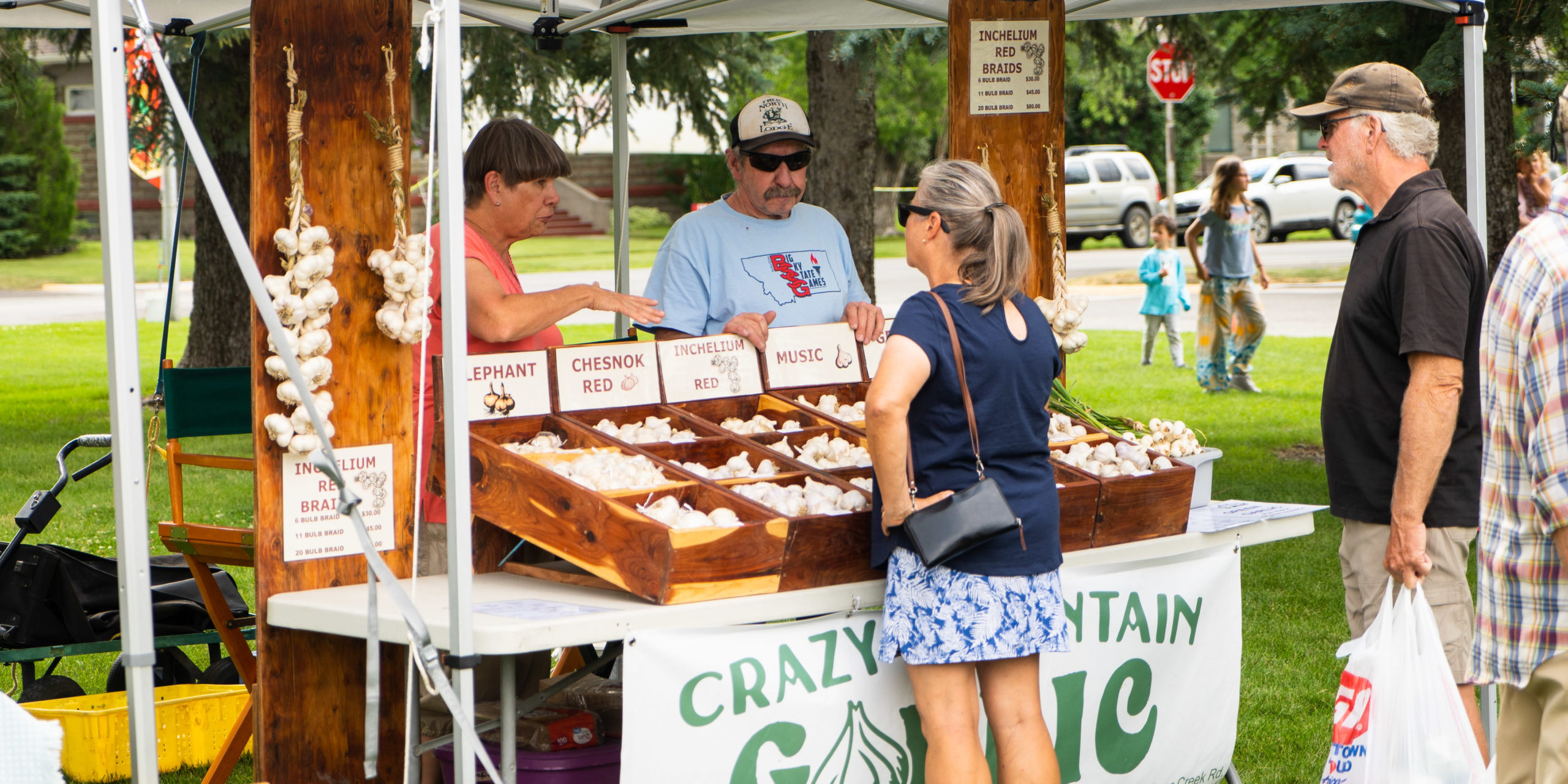 Montana Food Economy Initiative
Montana Food Economy Initiative
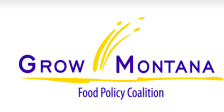 Grassroots Leadership
Grassroots Leadership
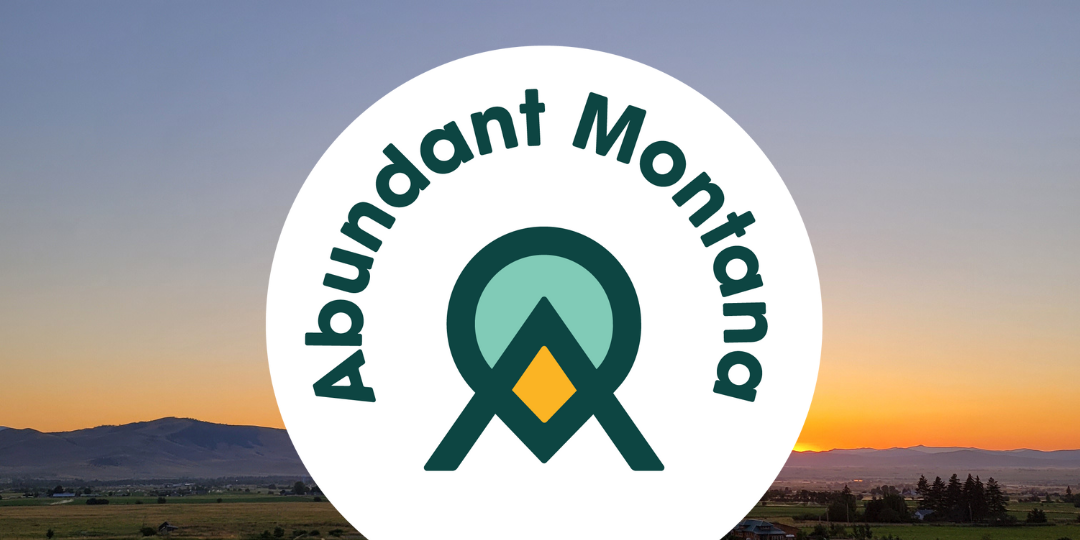 Abundant Montana
Abundant Montana
 Value-Added Producer Success
Value-Added Producer Success
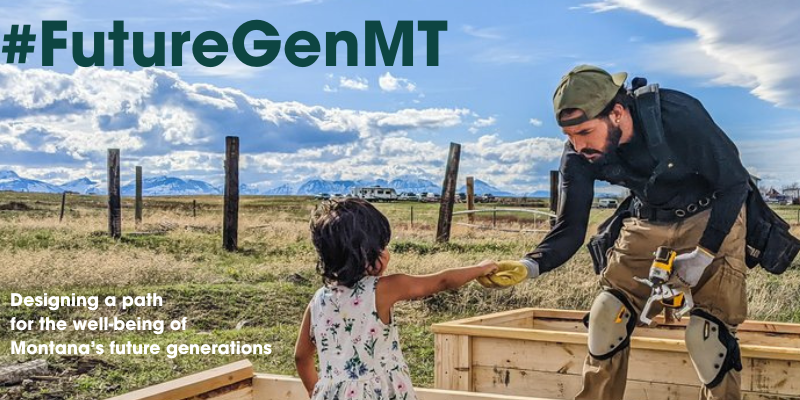 #FutureGenMT
#FutureGenMT
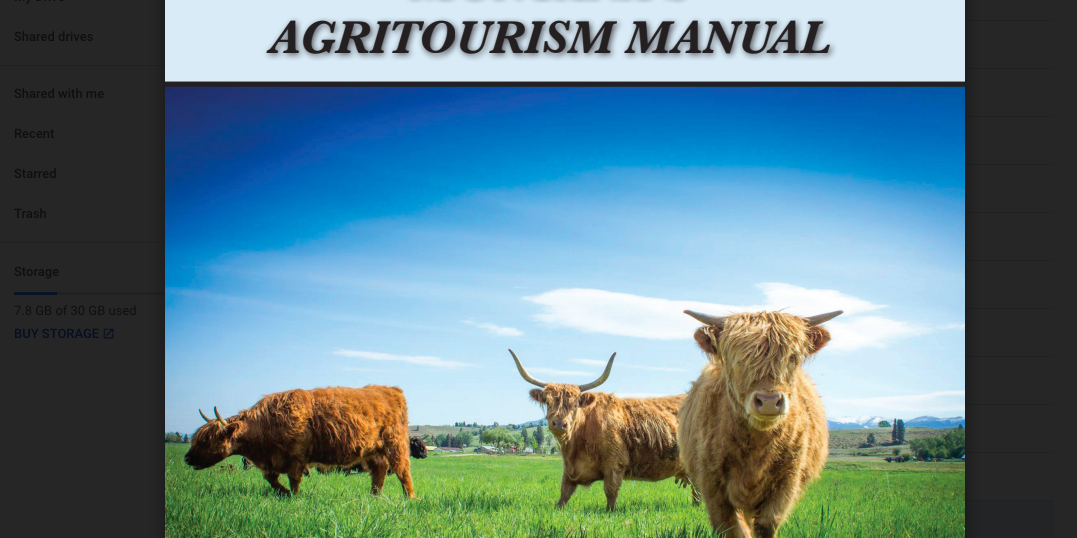 Downloadables
Downloadables
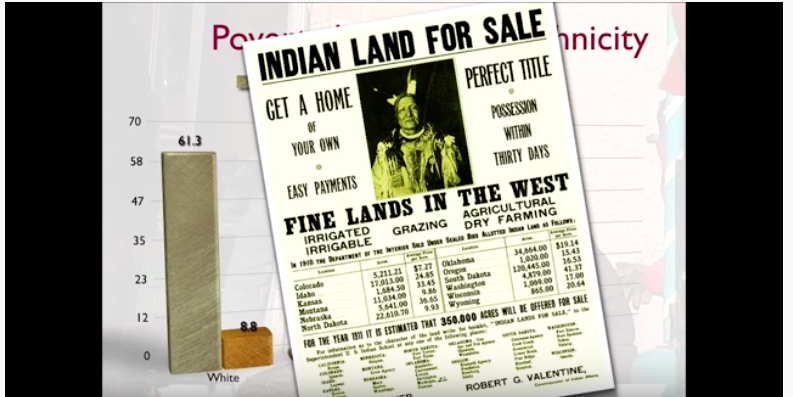 Videos
Videos
 Webinars
Webinars
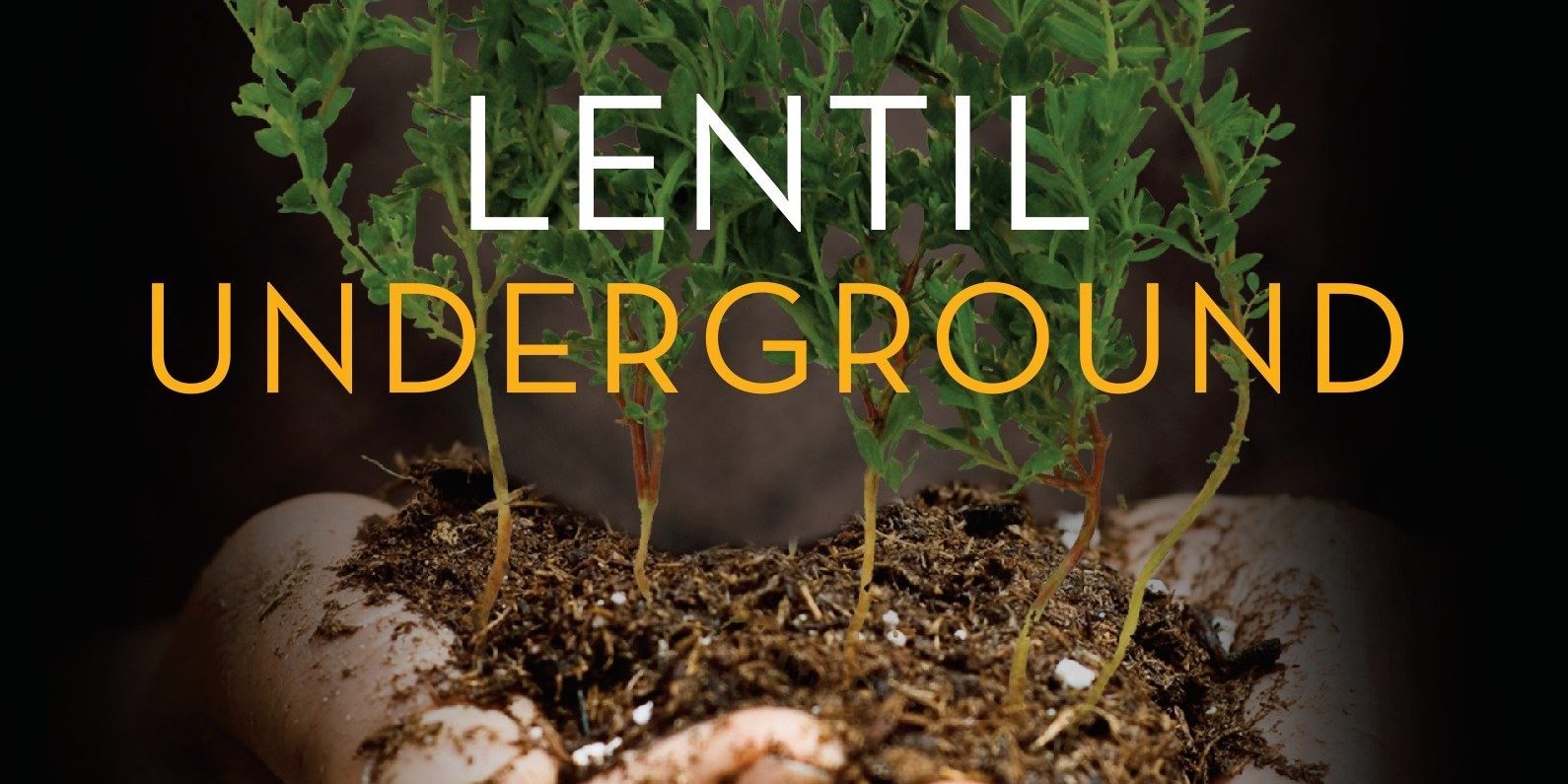 Get Inspired
Get Inspired
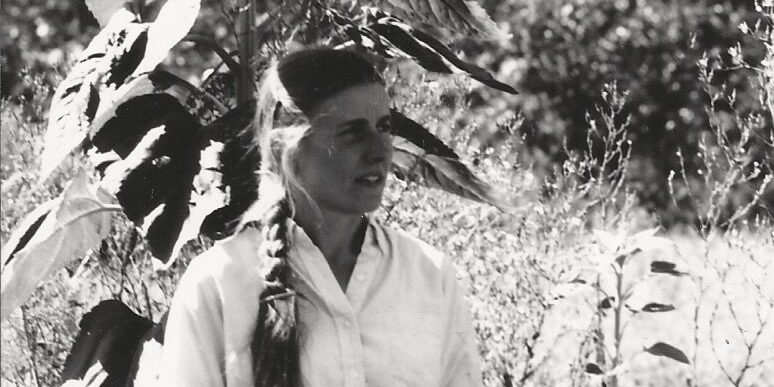 Jane Kile Scholarship
Jane Kile Scholarship
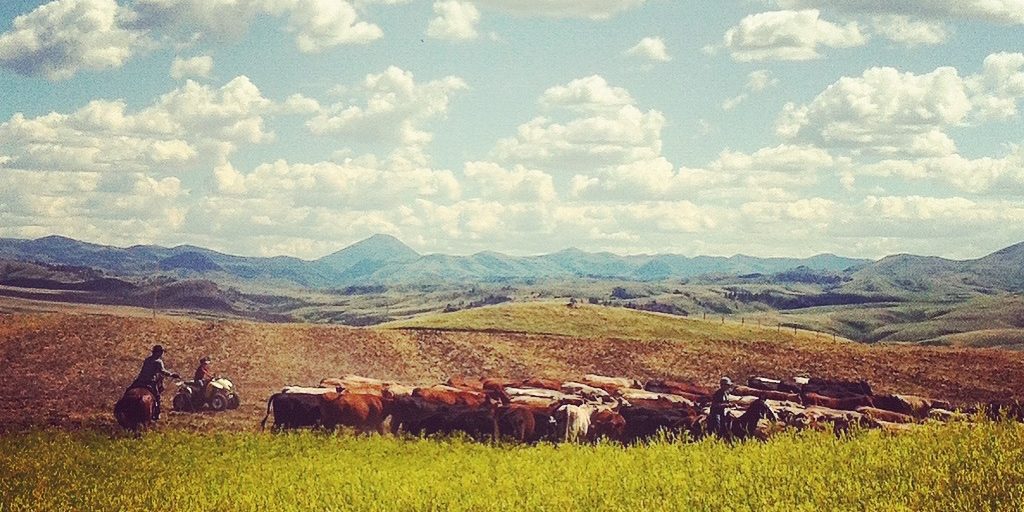 Events
Events
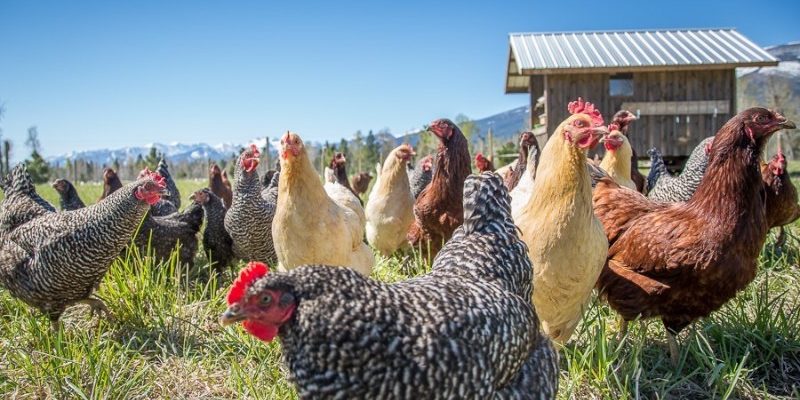 Sun Times
Sun Times
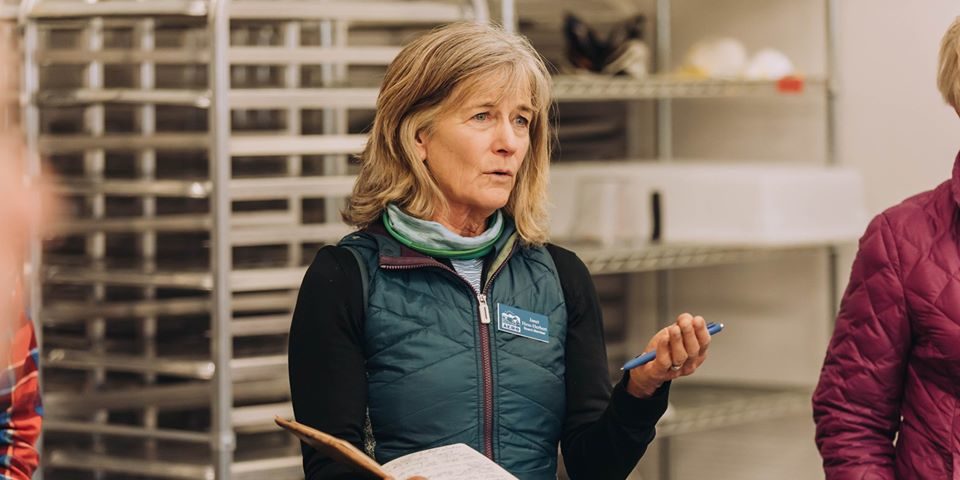 News
News
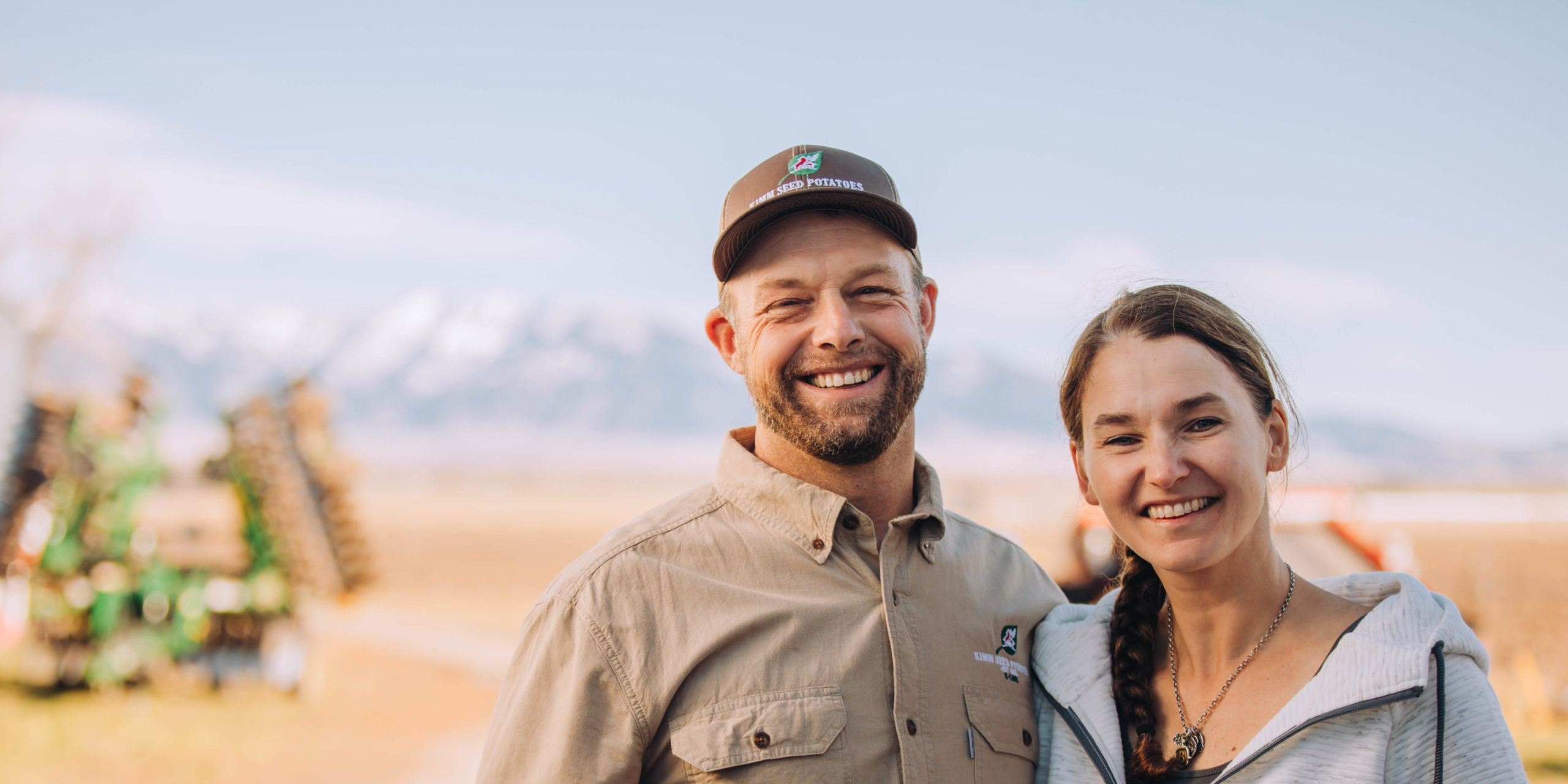 Success Stories
Success Stories
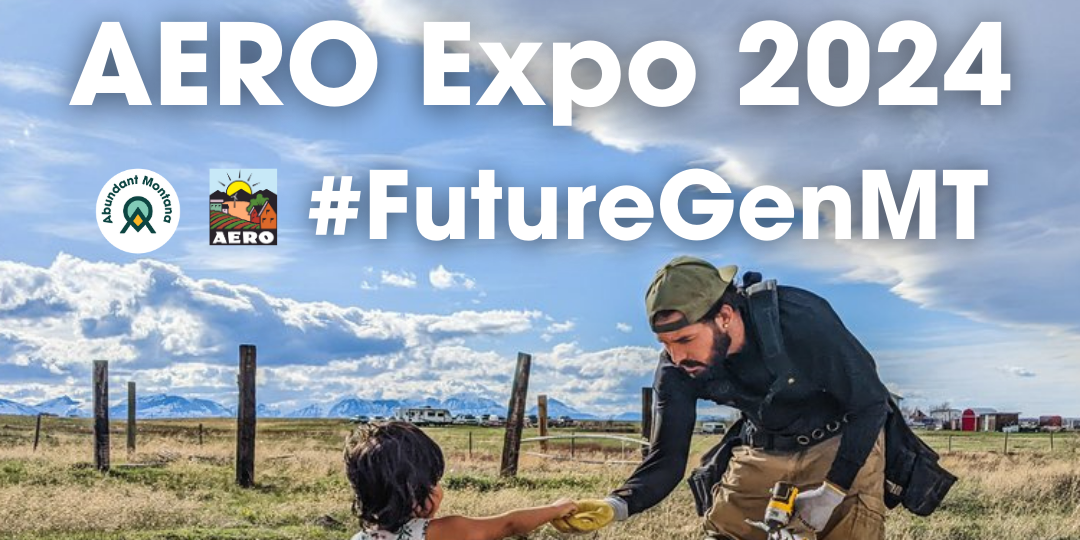 Expo 2024
Expo 2024